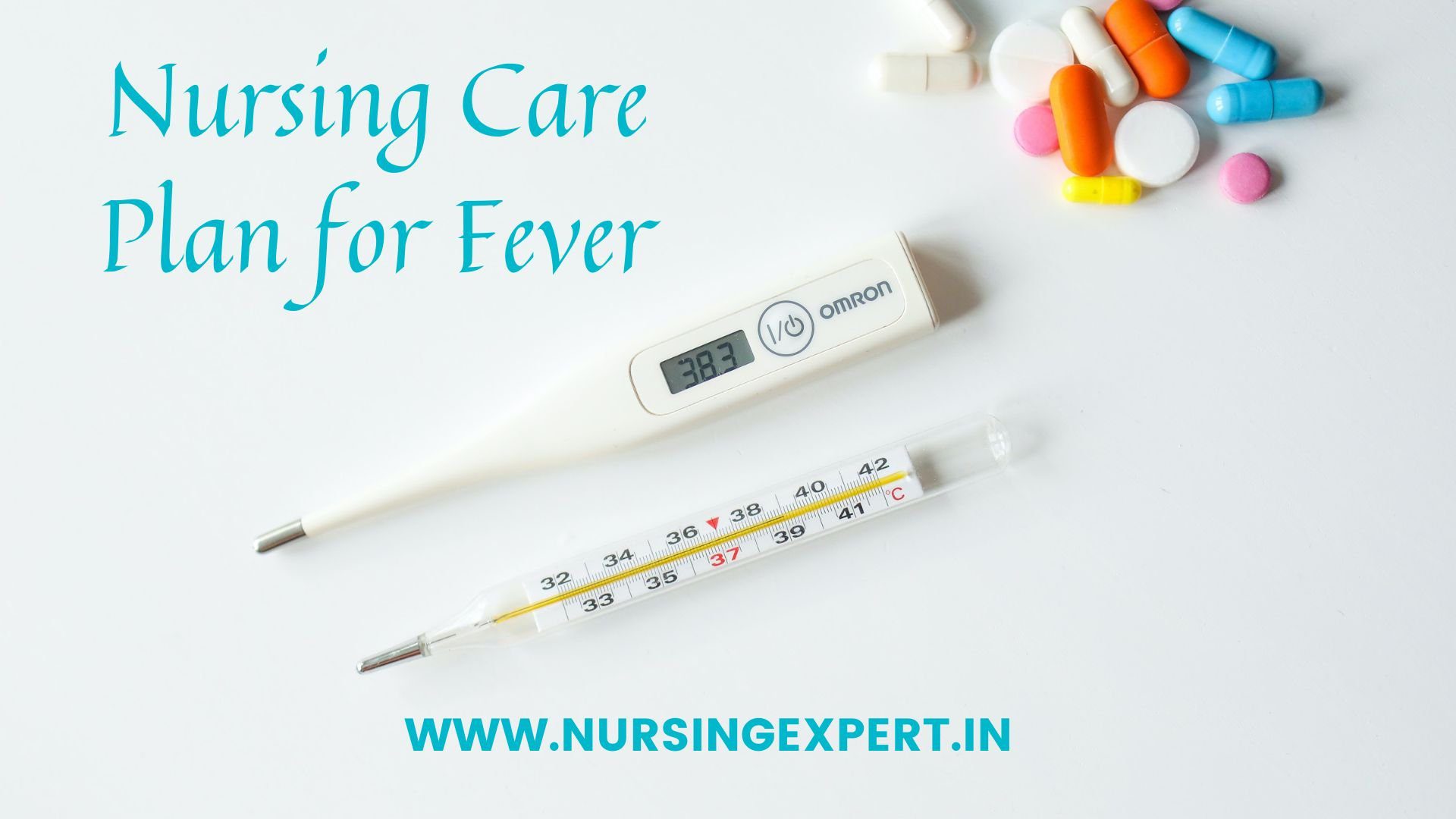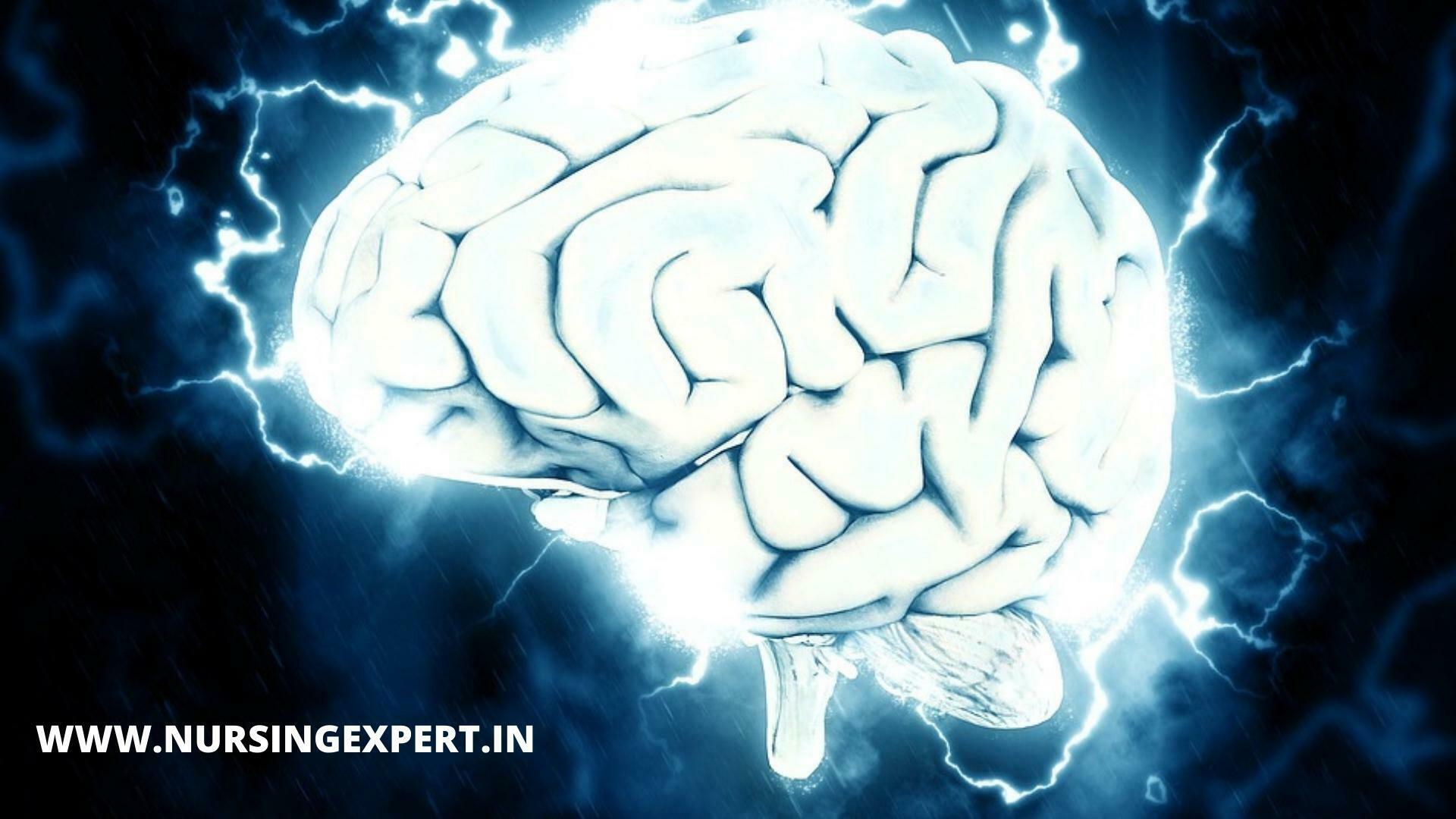Stroke is a leading cause of disability and mortality worldwide, and its recovery process can be long and challenging. Effective nursing care is essential to support stroke survivors in regaining lost functions, preventing complications, and improving quality of life. For nursing students and professionals, having a clear, evidence-based care plan is key. This guide presents 5 nursing care plans specifically designed for stroke recovery, covering assessments, diagnoses, goals, interventions, and patient education. A sample 7-column nursing care plan template is provided below, along with frequently asked questions and a downloadable PDF resource available at NursingExpert.in.
Thank you for reading this post, don't forget to subscribe!
What is Stroke Recovery?
Stroke recovery refers to the process of regaining physical, cognitive, and emotional functions after a stroke. It involves a multidisciplinary approach that includes medical treatment, physical rehabilitation, and ongoing care to maximize recovery potential and improve overall quality of life.


Causes and Impact of Stroke
Causes:
- Ischemic Stroke: Blockage in the blood vessels supplying the brain (most common type).
- Hemorrhagic Stroke: Bleeding in the brain due to rupture of blood vessels.
Impact:
- Physical Impairments: Paralysis, weakness, loss of coordination, and speech difficulties.
- Cognitive Deficits: Memory problems, difficulty in concentrating, and impaired judgment.
- Emotional Challenges: Anxiety, depression, and frustration due to loss of independence.
- Risk for Complications: Deep vein thrombosis, pneumonia, and pressure ulcers.
Nursing Care Plans & Management for Stroke Recovery
A structured nursing care plan for stroke recovery focuses on:
- Improving Neurological Function: Enhancing motor and cognitive skills.
- Pain Management: Relieving post-stroke pain and discomfort.
- Preventing Complications: Monitoring for infections, pressure ulcers, and other issues.
- Promoting Functional Independence: Encouraging self-care and physical rehabilitation.
- Patient and Family Education: Providing information on self-care, lifestyle modifications, and follow-up care.
Nursing Problem Priorities
- Impaired Physical Mobility
- Ineffective Neurological Function
- Risk for Infection and Pressure Ulcers
- Acute Pain
- Emotional Distress and Knowledge Deficit
Nursing Assessment and Diagnostic Findings
- Vital Signs: Monitor blood pressure, heart rate, respiratory rate, and temperature.
- Neurological Examination: Assess consciousness, motor and sensory function, and speech.
- Functional Assessment: Evaluate the patient’s ability to perform activities of daily living (ADLs).
- Pain Assessment: Use a standardized pain scale.
- Patient History: Gather details on stroke onset, previous medical history, and rehabilitation progress.
- Laboratory and Imaging Studies: Review CT, MRI scans, and other relevant investigations.
Nursing Goals
Short-Term Goals
- Stabilize Neurological Status: Achieve stable vital signs and improved neurological function within 2–4 hours.
- Pain Relief: Reduce pain to ≤3/10 within 2 hours of intervention.
- Enhance Mobility: Improve motor function and range of motion in affected limbs within 48 hours.
- Prevent Complications: Prevent infections and pressure ulcers within 24 hours.
- Patient and Family Education: Ensure the patient and family understand the care plan and rehabilitation process within 24 hours.
Long-Term Goals
- Maximize Functional Independence: Enable the patient to perform ADLs with minimal assistance.
- Sustain Neurological Improvements: Maintain stable neurological status and improve cognitive function.
- Promote Physical Rehabilitation: Achieve gradual improvement in mobility and strength.
- Prevent Recurrence: Educate on lifestyle modifications and medication adherence.
- Enhance Quality of Life: Improve overall well-being and emotional stability through ongoing support and follow-up care.
Nursing Interventions and Actions
- Improving Neurological Function
- Interventions:
- Monitor neurological status using regular assessments.
- Collaborate with physiotherapists for motor exercises.
- Encourage cognitive activities and speech therapy as needed.
- Rationale: Promotes neural recovery and enhances functional abilities.
- Interventions:
- Pain Management
- Interventions:
- Administer prescribed analgesics.
- Use non-pharmacologic methods such as positioning and relaxation techniques.
- Monitor pain levels frequently using a standardized scale.
- Rationale: Reducing pain improves participation in rehabilitation and overall comfort.
- Interventions:
- Preventing Complications
- Interventions:
- Implement proper skin care and reposition the patient frequently to prevent pressure ulcers.
- Monitor for signs of infection and administer prophylactic measures if necessary.
- Ensure adequate hydration and nutritional support.
- Rationale: Preventing complications minimizes additional health risks and supports recovery.
- Interventions:
- Promoting Mobility and Rehabilitation
- Interventions:
- Assist with passive and active range-of-motion exercises.
- Encourage gradual mobilization and ambulation with assistive devices if needed.
- Collaborate with the physiotherapy team to develop a tailored exercise plan.
- Rationale: Improves muscle strength, reduces the risk of falls, and enhances independence.
- Interventions:
- Patient and Family Education
- Interventions:
- Provide clear, simple explanations of stroke recovery and the care plan.
- Distribute written materials on exercise routines, dietary modifications, and medication schedules.
- Use the teach-back method to ensure understanding.
- Rationale: Informed patients and families are more likely to adhere to the care plan and contribute to a successful recovery.
- Interventions:
Sample Nursing Care Plan for Stroke Recovery
| Nursing Diagnosis | Patient Goals/Expected Outcomes | Assessment Data | Nursing Interventions | Rationale | Evaluation | Documentation/Follow-Up |
|---|---|---|---|---|---|---|
| Impaired Neurological Function | Achieve stable neurological status; improved motor and cognitive function within 4 hours | Altered level of consciousness; motor weakness; impaired speech | Monitor neurological status; collaborate with physiotherapy and speech therapy; administer prescribed meds | Promotes neural recovery and functional improvement | Neurological status stabilizes; motor and speech improvements observed | Record neurological assessments and therapy sessions |
| Acute Pain | Reduce pain score to ≤3/10 within 2 hours | Patient reports severe headache and muscle pain; pain score of 6/10 | Administer analgesics; use relaxation techniques; provide a quiet, comfortable environment | Reduces pain to enhance patient comfort and participation in rehab | Pain score decreases; patient expresses comfort | Document pain assessments and medication response |
| Impaired Physical Mobility | Improve range of motion and mobility within 48 hours | Limited movement and decreased ability to perform ADLs | Assist with range-of-motion exercises; encourage physiotherapy; provide assistive devices if needed | Enhances mobility, prevents deconditioning, and reduces fall risk | Increased mobility; improved performance in ADLs | Record mobility progress and physiotherapy feedback |
| Risk for Pressure Ulcers | Prevent skin breakdown; maintain intact skin over pressure points within 48 hours | Patient is bedridden; areas of redness on pressure points observed | Reposition patient every 2 hours; use pressure-relieving devices; monitor skin condition closely | Prevents pressure ulcers and maintains skin integrity | No new skin breakdown; pressure points remain healthy | Document skin assessments and repositioning schedule |
| Knowledge Deficit | Patient and family will accurately describe the care plan and home care instructions within 24 hours | Family expresses uncertainty about stroke recovery and self-care | Provide clear, simple education; distribute written materials; use teach-back method to confirm understanding | Empowers patients and families for better self-care and adherence | Family demonstrates understanding; follows care instructions | Document educational sessions and verify comprehension |
| Risk for Infection | No signs of infection will develop; maintain normal temperature and lab markers within 24 hours | Presence of invasive lines; recent surgical history; slight fever noted | Monitor vital signs; follow aseptic techniques; administer antibiotics if prescribed | Prevents infection and supports recovery | No signs of infection; vital signs remain stable | Document infection control measures and vital signs |
| Anxiety | Reduce patient and family anxiety within 24 hours | Patient and family show signs of stress and worry | Provide emotional support; offer clear explanations and reassurance; use relaxation techniques | Reduces stress and improves cooperation with care | Anxiety decreases; patient and family appear calmer | Document emotional support sessions and patient/family feedback |
Downloadable PDF Resource
For your convenience, a detailed Nursing Care Plan for Stroke Recovery is available as a downloadable PDF.
Download the Stroke Recovery Nursing Care Plan PDF Here at NursingExpert.in
Frequently Asked Questions (FAQs)
- What is stroke recovery?
Stroke recovery is the process of regaining physical, cognitive, and emotional functions after a stroke. - How is peripheral neuropathy different from stroke?
Peripheral neuropathy affects the nerves outside the brain and spinal cord, while stroke involves damage to brain tissue due to interrupted blood supply. - What are common complications after a stroke?
Complications may include impaired mobility, speech difficulties, cognitive deficits, and increased risk of infections or pressure ulcers. - How is stroke recovery managed?
Management involves a combination of medical treatment, rehabilitation, and patient education to restore functions and prevent complications. - Where can I download the PDF for this care plan?
You can download the free PDF resource from NursingExpert.in.
Conclusion
Stroke recovery requires a multidisciplinary approach to restore neurological and physical functions while preventing complications. By following these 5 nursing care plans, Indian nursing students and professionals can deliver effective, compassionate care that improves patient outcomes and enhances quality of life. Use this guide and the downloadable PDF resource from NursingExpert.in to support your clinical practice.
References and Sources
- National Institutes of Health (NIH). (2023). Stroke Recovery: Current Approaches and Outcomes. Retrieved from https://www.nih.gov
- Centers for Disease Control and Prevention (CDC). (2023). Stroke: Prevention and Rehabilitation. Retrieved from https://www.cdc.gov
- American Stroke Association (ASA). (2023). Guidelines for Stroke Rehabilitation. Retrieved from https://www.stroke.org
- American Nurses Association (ANA). (2022). Standards for Nursing Practice. Retrieved from https://www.nursingworld.org
- MedlinePlus. (2023). Stroke Recovery. Retrieved from https://medlineplus.gov


